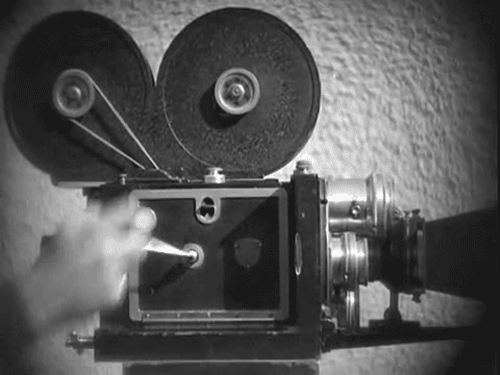 3/29/19 – 4/5/19
3/29/19 – 4/5/19
We are doing a second week of video. We’re bringing it all together in these last few weeks. This is almost entirely taken from the Open ds106 Unit 10:
Video the ds106 Way
Focus on the storytelling aspect of your video making–do not get caught up in the technical points or making the video just for the assignment stars… Be very sure that your videos tell a story, that it surprises us, that it perhaps jars us, and that when you write up your blog post you are providing full details and context for your videos.
All of your video assignments should include:
- An opening title sequence and/or closing credits – make sure your video gives credit to all media sources.
- Make good use of audio– keep in mind the lessons from your audio storytelling work– use of background music, sound effects, and/or foley.
- Your blog writeup includes the key elements— narrative describing the ideas/inspiration behind the video you created and also details on how it was made (including credits/links to media sources and at least one screen shot of your video editing screen). Think of it as the “extras” on a DVD or a “making of” article about a movie.
The Ins and Outs of Video Editing
We recommend using video editing software that allows you to cut and re-arrange clips on a timeline, and to add, and layer audio tracks. Most typically this is the software that came with your operating system- iMovie on Macs and MovieMaker on Windows PCs (but feel free to look at some of the other options in the ds106 Handbook).
Some of the assignments may require downloading of clips from YouTube. There are Firefox extensions that help with this, and there are other methods (we have a tutorial, but it may be a little dated). PC users may have challenges in importing the downloaded mp4 video files into MovieMaker (We have been told that the Windows Movie Maker Live can import MP4)- you will either have to install codecs to read mp4 videos, or use a converter to change mp4 into AVI or WMV file formats. See the ds106 Handbook for some video converter options. We also have a page of video tips & resources. MPEG Streamclip is a handy tool for working with video.
The Rest of Your Video Mission
Those of you who chose the individual option last week should continue with video assignments. Do 10 stars of video assignments, including 5 which connect with your character and the course theme in some way. If you don’t like the ones you find, feel free to create your own and add them to the Assignment Bank.
All your video work should be uploaded to YouTube or Vimeo and you need to write a post for each completed assignment in which you embed your video. We’d like to know the why’s and how’s of your productions. What might you do differently if you did it again? What did you learn, both technically and in creating your story that you might take to the next project?
If you chose the group option last week, finish your video, but still be sure to include opening & closing credits and pay attention to sound production. Be sure to blog your progress throughout the week (tag: videoshowprogress) and to share your final show in your weekly post.
This is tying together some of the things we’ve worked on this semester. Opening and closing credits are a way of incorporating design, and sound is vitally important throughout video.
Another Mission
You’re all secret agents. You’ve all practiced various techniques. Some of you even talked with The Directorate (treacherous traitors!). Now we need a mission. What should it be? Write your ideas in a blog post and tag it mission.
Posts of the Week: What is the Best of ds106 this week? Pick your top three posts and enter them in this form.
Daily Creates
Three TDCs this week.
Commenting
Always. Always Be Commenting.
